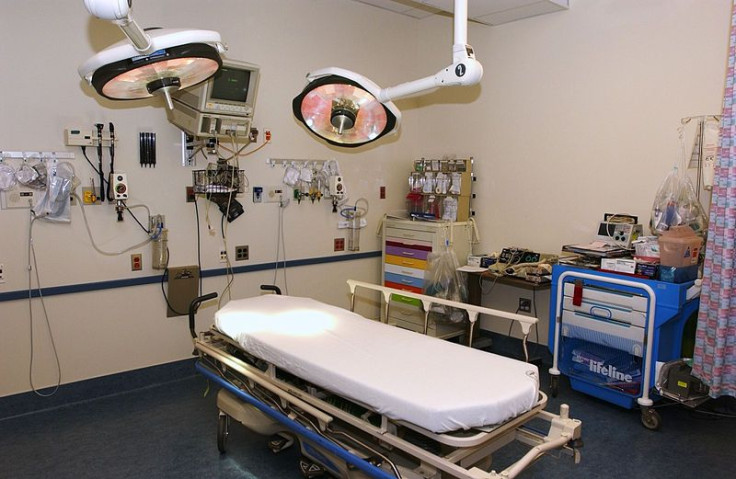Kidney Stones In Women On The Rise In The US; What's The Reason Behind It?

If you experience a sharp pain while you urinate, see blood in your urine, or feel a piercing pain on your back or lower abdomen, chances are you may have kidney stones. According to the National Kidney and Urologic Disease Information Clearinghouse (NKUDIC), in the United States, people make more than one million visits to healthcare providers and more than 300,000 people go to emergency rooms for kidney stone-related complications. Men are more likely than woman to develop kidney stones in their lifetime because their physique is usually bigger and heavier than that of a woman which means they have a larger lean body mass that requires them to generate a greater amount of waste products that are often excreted by the kidneys and through the urine said Dr. Schoenfeld from the Midwest Urology Center. Citrate levels in urine tend to be higher in women than in men – this can help block the formation of kidney stones. Citrate usually lowers the acid content of the urine and raises the pH which can reduce the amount of calcium stones and possibly dissolve existing uric acid stones. While men generally tend to be at greater risk of this condition, being obese can make women more susceptible to developing these stones during their lifetime. The rates of kidney stones in women is on the rise in the U.S. as the number of cases seen in U.S. emergency rooms increases, according to a new study.
Findings published online in the Journal of Urology unveiled a trend in visits, hospitalization and charges during a four-year period of what group of patients went to U.S. hospital emergency departments for kidney-related treatment — women. Obesity, a major risk factor for developing a kidney stone, is becoming more common in American women. According to the Weight-control Information Network (WIN), the prevalence of obesity in women is 36 percent, while eight percent of women have extreme obesity. “...one fascinating thing about women versus men is obese women are more likely to develop a stone than an obese man," said Khurshid R. Ghani, M.D., of Henry Ford's Vattikuti Urology Institute and lead author of the study. Currently, the prevalence of obesity in men is similar to that of women.
The researchers obtained data from the Nationwide Emergency Department Sample (NEDS) to examine kidney stone ER visits from 2006 to 2009. Throughout these years, there were more than 3.6 million visits for upper urinary tract stones. During the study, the prevalence of the condition rose from 289 to 306 per 100,000 people. Despite the increase in the number of visits for kidney stones in the ER, the rate of hospitalization remained stable at approximately 12 percent among the patients in the study. "I think in the last 10 years, the way urologists manage kidney stone patients in the ER has changed dramatically," said Dr. Ghani. "Better diagnosis may be contributing to our findings that patients are not being admitted to the hospital as frequently as they had in the past,” he said.
Physicians and urologists in the ER have better access to advanced medical tools that allow them to give a better and accurate diagnosis to kidney stone patients. A computed tomography (CT or CAT) scan is one of the most utilized tools in the ER that can provide detailed information related to injuries and/or diseases of the kidneys, says Johns Hopkins Medicine. CT scans not only detect kidney stones, they also can be useful to identify the presence of tumors, congential abnomalies, and fluid around the kidneys, among many others. This quick test allows for healthcare professionals in the emergency room to immediately diagnose their patients on their current condition.
As kidney-related visits to the ER increased, the charges for these visits also rose. The charges for emergency department visits rose from $3.8 billion dollars in 2006 to $5 billion in 2009, reports Science Daily. These charges possibly reflect the increase use of a CT scan to diagnose a kidney stone in patients who seek immediate treatment. 70 percent of patients get a CT scan when they visit the ER compared to five to 10 percent of those who went to the emergency department fifteen years ago.
“While they're wonderful tools of technology that allow an accurate diagnosis, they are expensive," Ghani said.



























